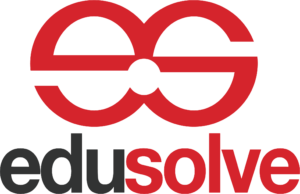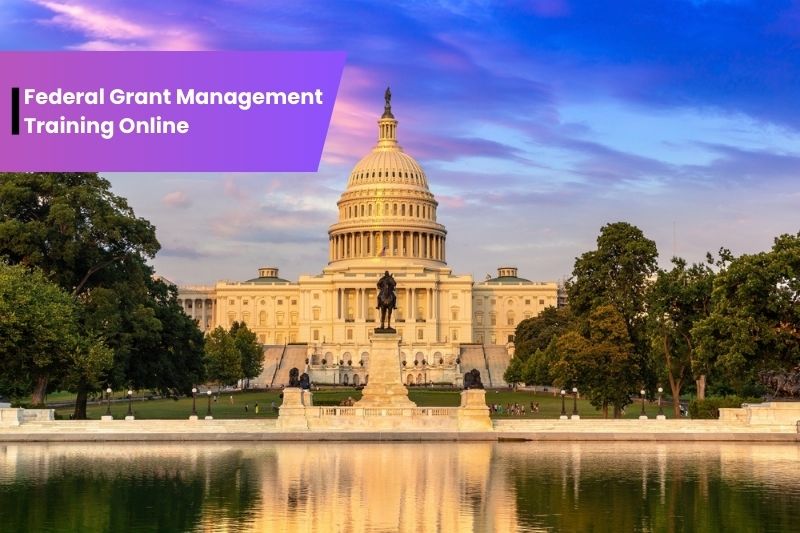Academic achievement alone is no longer sufficient to prepare pupils for the demands of life in the quickly evolving world of today. One idea sticks out as a cornerstone of long-term student development as educators, parents, and legislators work to construct comprehensive educational systems: the importance of character education in school curriculum.
The deliberate teaching of fundamental principles and characteristics, including accountability, respect, honesty, empathy, justice, and integrity, is known as character education. Character education, in contrast to traditional courses, cultivates social, moral, and emotional intelligence in addition to intellectual performance. This article examines the benefits character education has for society as a whole over the long run, how it affects student development, and why it ought to be a mandatory component of all school curricula.
What is Character Education?
A comprehensive strategy for teaching pupils the moral and ethical principles necessary to develop into responsible, compassionate adults is character education. It includes conversations and activities that benefit students:
- Recognize the distinction between right and wrong.
- Make wise choices.
- Be courteous and respectful to other people.
- Develop compassion and empathy
- Accept accountability for their deeds.
To assist pupils in internalizing the principles being taught, this type of education frequently incorporates role-playing, tales, real-life scenarios, community involvement, and even reflection journals.
Why is Character Education Needed in Schools?
Today’s classroom is more dynamic, varied, and connected to the internet than it has ever been. Students encounter moral and ethical quandaries at younger ages as a result of their increased exposure to many cultures, beliefs, and internet content. Academic achievement by itself cannot equip students for the demands of the real world in such a setting.
Read more: Unlocking Leadership Potential: Top Executive Coaching Topics That Drive Success
When we take into account the larger goal of education, which is to develop people who are not only clever but also kind, moral, and socially conscious, the importance of character education in school curriculum becomes clear.
Character education must be incorporated into classrooms for the following urgent reasons:
1. Rising Behavioral Issues
Bullying, aggressiveness, drug misuse, and disrespect among students are on the rise, according to numerous schools worldwide. These problems show a lack of self-control, empathy, and discipline. By assisting pupils in comprehending their feelings and cultivating self-control, the importance of character education in school curriculum tackles these underlying issues.
2. Development of a Moral Compass
A child’s values are largely shaped by their families, but schools are crucial in strengthening and extending that foundation. Students who receive character education gain a moral compass that they can use to guide their behavior in a variety of situations.
3. Creating a Safe and Respectful Learning Environment
Schools become safer and more inclusive when kids learn to respect one another, recognize differences, and behave appropriately. Focus, teamwork, and mental health are all improved in a courteous setting.
4. Preparation for the Future Workforce
These days, employers seek out more than simply technological expertise. There is a great need for traits like ethical judgment, teamwork, communication, and leadership. Students who receive character education gain these qualities early on, which will aid them in the job market later on.
Key Components of Character Education
The components of a successful character education program are as follows:
1. Core Values Instruction
Usually, programs highlight important universal ideals like:
- Showing respect
- Accountability
- Sincerity
- tenacity
- Equity
- Kindness
Stories, historical examples, classroom regulations, and conversations are all used to teach these ideals.
2. Behavioral Modeling
The ideals that educators and school personnel teach must be modeled by them. Students are more inclined to emulate moral behavior and empathy when they see adults acting in these ways.
3. Student Participation
Interactive exercises that assist in reinforcing character skills in real-life situations include discussions, peer mentoring, community service, and group projects.
4. Reflection and Discussion
Students can reflect on their behavior and comprehend the consequences of their acts through journals, open discussions, and dispute resolution exercises.
Benefits of Including Character Education in School Curriculum
The importance of character education in school curriculum provides benefits to students, teachers, families, and society at large, making it an essential part of the curriculum.
1. Improved Academic Performance
Several studies have demonstrated that academic results are better in schools with robust character education programs.
2. Better Emotional Regulation
Students who receive character education are better able to identify, communicate, and control their emotions. Better interactions with peers and adults and fewer disputes are the results of emotional intelligence.
3. Stronger Social Skills
Gaining knowledge about communication, empathy, and teamwork improves interpersonal skills. These abilities are crucial in life as well as in education.
4. Reduced Bullying and Violence
A culture of inclusivity and kindness is fostered by character education. Bullying, prejudice, and violent events decline as kids learn to accept one another and appreciate diverse viewpoints.
5. Higher Self-Esteem and Confidence
Students’ sense of self-worth increases when they receive recognition for their morals and constructive actions. Both their personal and academic life reflect this confidence.
6. Long-term Impact on Society
Communities with morally upright citizens are healthier. They are more inclined to volunteer, vote, abide by the law, and lend a hand to others. A more moral and accountable society will be produced in the future by investing in character education today.
How Schools Can Implement Character Education
Schools must take a methodical and deliberate approach to character education if they are to fully recognize its value in the curriculum.
1. Infuse Values into Every Subject
A week-long campaign or a single class should not be the limit of character education. Rather, values ought to be incorporated into all subjects. For instance:
- Students might examine the moral choices made by characters in literary studies.
- They can talk about justice and moral leadership in history.
- They can consider how decisions affect the environment in science.
2. Involve the Entire School Community
All parties involved in the school, including parents, teachers, administrators, and support personnel, need to share the same beliefs. Students receive consistent messaging when character education is supported by the entire school community.
3. Celebrate Good Character
Awards for community service or recognition initiatives like “Student of the Month for Respect” encourage good behavior and inspire others to do the same.
4. Encourage Service Learning
Students have the chance to meaningfully apply their ideals through service learning initiatives. Assisting others fosters empathy and a sense of duty.
5. Provide Ongoing Teacher Training
Teachers need to be prepared to teach and model moral behavior. Character education is more effective overall when students receive training in emotional intelligence, conflict resolution, and classroom management.
Global Perspectives on Character Education
Character education is becoming increasingly important in school curricula in many nations. For example:
United States: Using a set of 11 Principles of Effective Character Education, the Character.org initiative encourages character development in schools nationwide.
United Kingdom: As part of school inspections, the government highlights “British values” like democracy, the rule of law, and respect for one another.
Japan: Creating peaceful relationships and a sense of national pride are the main goals of moral education, which is a required topic.
India: Values like truth, bravery, and compassion are taught through traditional teachings and tales from epics like the Mahabharata and Ramayana.
These global initiatives demonstrate the increasing agreement that education should foster a child’s development of the full person, not just their intellect, but also their heart and soul.
Challenges and Criticisms
Character education has certain drawbacks despite its many advantages:
1. Cultural and Ethical Differences
Cultural and communal definitions of “good character” can differ. The importance of character education in school curriculum must be inclusive and considerate of students’ varied backgrounds, according to schools.
2. Time and Curriculum Overload
Teachers already have a lot of academic goals and a full schedule. Without the right integration and support, adding character education could feel overwhelming.
Read more: Social Emotional Learning in the Classroom: A Comprehensive Guide
3. Lack of Measurable Outcomes
Character development is harder to measure than test scores. Nonetheless, qualitative insights can be obtained using instruments like as questionnaires, behavior observations, and reflective journals.
4. Inconsistency Across Schools
Character education programs can differ greatly in quality and execution in the absence of federal or state regulations.
Notwithstanding these obstacles, the overwhelming body of research demonstrates the importance of character education in school curriculum as a potent tool for student development in the classroom.
The Role of Parents and Communities
Character development needs to be fostered at home and in the community, even though schools play a crucial role. Parents ought to:
- Talk about moral decisions at home.
- Encourage empathy by reading and talking to others.
Read more: Federal Grant Management Training Online: A Comprehensive Guide
- Engage in volunteer work as a family.
- Set an example for the conduct they want their kids to emulate.
Character education can also be supported by communities through civic involvement, athletics, religious groups, youth clubs, and mentoring programs.
Final Thoughts
The importance of character education in school curriculum serves as a stabilizing influence in a world when kids are subjected to contradictory messages and growing social demands. It assists children in developing the moral character, resiliency, and empathy that are necessary for both individual achievement and societal advancement.
Academic success may open doors, but once someone walks through them, their character will determine how far they may go. Character education needs to be a top priority in our schools as we look to the future for a society full of responsible citizens, moral innovators, and caring leaders.
It is important to keep in mind that education is nothing if the heart is not educated. Aristotle
By acknowledging the importance of character education in school curriculum, we improve not only our children but also ourselves.











